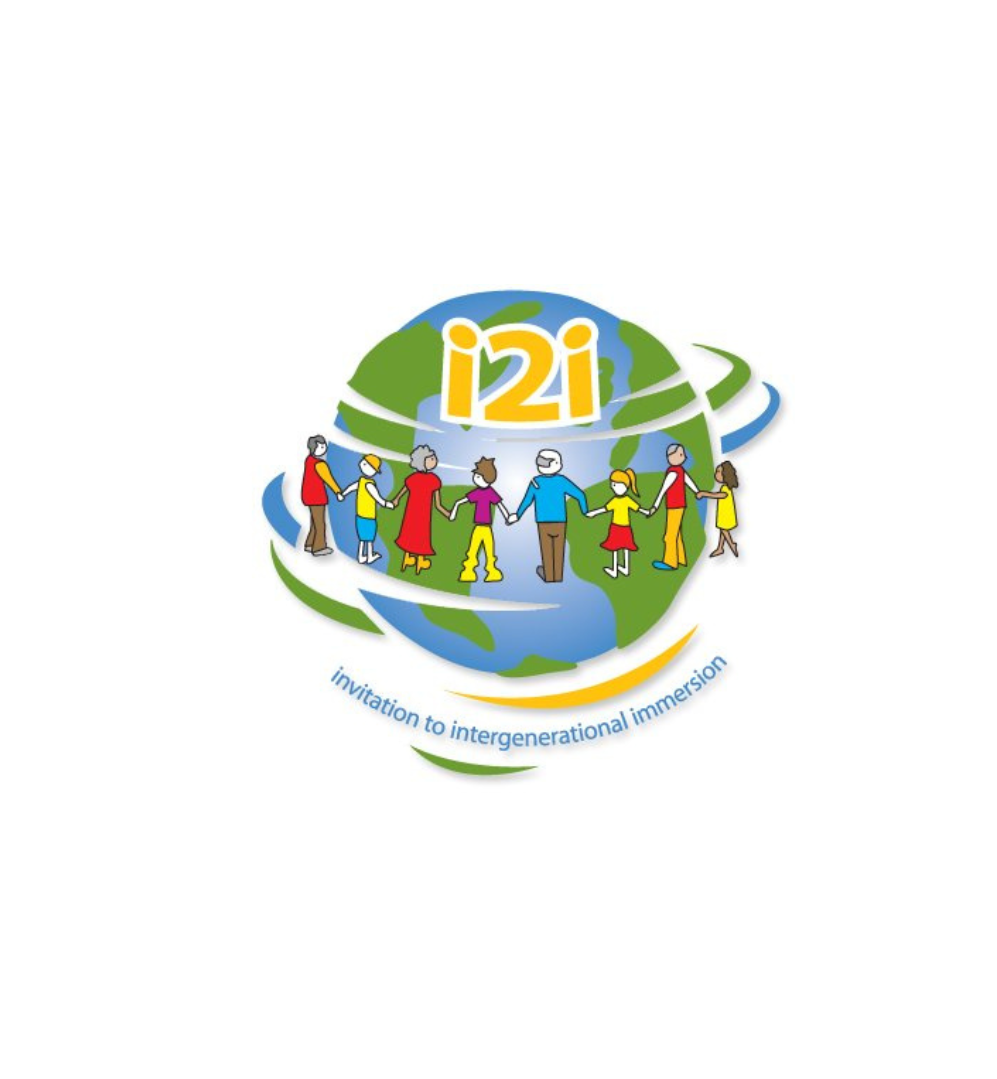FAQ
What are the key factors in the success of any intergenerational project?
[show_more] The people, from organizers to participants, must have an honest desire to become involved, and must have time to effectively plan and implement the project. IG involvement cannot be a mandated activity, nor can it be coercive. Once the IG project is underway, mutual respect of people and property, and the exhibiting of skills of personal and social responsibility are the ABSOLUTELY key factors [/show_more]
What is the advantage of participating in a full immersion project as opposed to a weekly or monthly (Mama Steps Project) visitation to a seniors’ centre?
[show_more] Metaphorically speaking, it is the difference between travelling to a country on a bus tour, compared to living in the country for a longer timeframe. It is the difference between patting the passing dog, and owning it.
This FAQ plays with the very idea of ‘What does it mean to come to know?’ ANY intergenerational connecting has intrinsic value. It really is a matter of the degree of intensity of the connection, and the longevity of the impact. The IG goal is to develop attitudes and understandings during the activity that are deep enough to last throughout the child’s life. There is a greater chance of that happening when the situational context is unique, yet authentic, and the event has longevity.
We want this connecting to be memorable in the bigger picture of the child’s growing up.
Full immersion, like life, is all-encompassing. It is a full experience, authentically connected through involvements that are empowering and life changing. It does not lessen the importance of any other type of intergenerational activity. It is just a different approach that has, in fact, different outcomes.
Ironically, although both groups need time to spend together, and have the time, seniors’ have limitations. You cannot necessarily wait for three years of weekly contact to get to know a senior well. They may not have three years. However, it is conceivable that knowing them everyday for a month or two is probable. Like all things in our busy world, it comes down to, “How can we get the biggest bang for our buck?” [/show_more]
What is the most challenging issue facing parties who want to start any level of IG immersion project?
[show_more] In all intergenerational projects, initially connecting with a working partner is challenging. If you are interested in participating, you can contact us at [email protected]. This e-mail address is being protected from spambots. You need JavaScript enabled to view it for assistance, or you can grab a phone book, put on your walking shoes, and scour your immediate area for potential school or youth groups, and/or senior care or recreation sites. Walk in, introduce yourself, offer your invitation, and request a time later to discuss the possibilities. Refer your prospective partners to this site.
Finding a space that will double as a meeting area or, in the case of full immersion, a makeshift classroom at the centre is also critical. Although this may be challenging, if your partners are truly interested, it is rarely unsolvable. [/show_more]
What is the Liability/Risk Factor when bringing intergenerational groups together?
[show_more] This is a serious question these days, and each participant organizer must be very cautious to investigate all of the factors that affect their collective and individual participants, and clarify how this is interpreted by the organization’s insurance.
Organizers must make certain that they have thoroughly checked the legality of this issue with those who are in charge.
Under the umbrella of ‘informed consent’ both partner groups are generally covered within the normal range of their insurance. In most cases, discussing the IG plans, checking with the insurance providers, informing administration, and requesting and receiving all signed Consent forms are the only steps required. Fear of liability issues, although a common concern, should not deter interested parties in participating in IG activities as long as the proper steps have been taken. [/show_more]
What are the costs involved? Are these significant in a full immersion project?
[show_more] Everything we do has some cost, though that is not always registered as dollars and cents paying out, over and above what already was budgeted. The cost for IG projects is calculated in two places: staff planning time, and if necessary, transportation of the participants to one another’s locations. The other costs are within the range of normal operation of each group.
Crafts and cooking are generally covered by the normal budget of a classroom and a seniors’ facility, and donations are another resource (i.e. yarn for knitting, bits of ribbon etc. for spring bonnet making.)
As the classroom set-up in a full immersion project is minimalist, one truck trip will easily relocate chart paper, an ‘office’ box, a play equipment box, and any furniture that cannot be secured at the centre. Generally centres have fold down tables and extra chairs available during the weekdays for the children’s use.
Students will pare down their requirements and bring much of what they will need in backpacks on the first day at the new classroom, freeing the teacher of responsibility for this added material.
Intergenerational immersion is one of those rare events that costs little and gives back huge returns, and this ensures accessibility and sustainability of the project. [/show_more]
